DocFrankenstein
Clinically Insane?
- Joined
- Apr 29, 2004
- Messages
- 1,646
- Reaction score
- 6
I want to have consistency in my darkroom. From the exposure (I'll get a light meter) to the print.
Basically, I want the whites to be white and the shadows black. What can I do to get as close to that as possible?
Let's not consider artsy exposures or backlit subjects. Let's say my aim is something of a documentary photographer. The lighting is straight and I want the prints to look like I saw them.
So, I take the ambient reading and take a picture.
Then develop my negs:
1) Developer, 20`C... new fixer for every roll... Same concentration. Time/shaking is always the same.
2) Stopbath - not a big influence on the concentration/time. Right? As long as it's approximately the same and I don't keep it in for too long, it's ok?
3) Fixer - I have no idea about this one. How does time/concentration in the fixer affects the negative? If it didn't get enough time, it'll turn black with time. What if I keep it there for too long?
4) Then washing. I don't know I'm gonna use photo flow, since I'm only starting.
Then printing...
Theoretically, all of my negs are the same at this point. White whites, black blacks? So I wouldn't have to even do a test strip after I've done it a couple of times, right?
So, I set the enlarger to f/8 f/11 and expose.
Developer concentration I won't be able to keep constant. Nobody discards a tray of developer for every photo. Then stop it and fix...
Is this gonna give me good results or is it noob nonsense?
Thank you for your comments
Basically, I want the whites to be white and the shadows black. What can I do to get as close to that as possible?
Let's not consider artsy exposures or backlit subjects. Let's say my aim is something of a documentary photographer. The lighting is straight and I want the prints to look like I saw them.
So, I take the ambient reading and take a picture.
Then develop my negs:
1) Developer, 20`C... new fixer for every roll... Same concentration. Time/shaking is always the same.
2) Stopbath - not a big influence on the concentration/time. Right? As long as it's approximately the same and I don't keep it in for too long, it's ok?
3) Fixer - I have no idea about this one. How does time/concentration in the fixer affects the negative? If it didn't get enough time, it'll turn black with time. What if I keep it there for too long?
4) Then washing. I don't know I'm gonna use photo flow, since I'm only starting.
Then printing...
Theoretically, all of my negs are the same at this point. White whites, black blacks? So I wouldn't have to even do a test strip after I've done it a couple of times, right?
So, I set the enlarger to f/8 f/11 and expose.
Developer concentration I won't be able to keep constant. Nobody discards a tray of developer for every photo. Then stop it and fix...
Is this gonna give me good results or is it noob nonsense?
Thank you for your comments


 Keep notes on everything!! The more you do, the more you'll learn about what gives you the results you're after.
Keep notes on everything!! The more you do, the more you'll learn about what gives you the results you're after. 



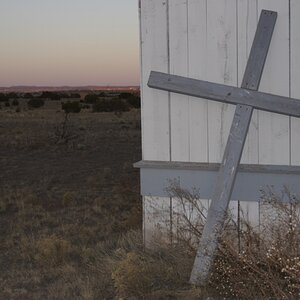
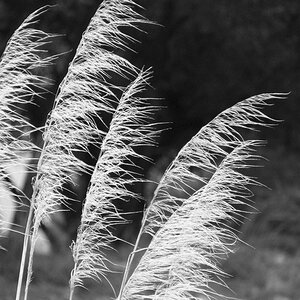
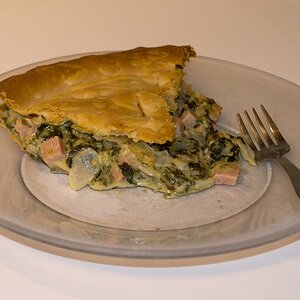
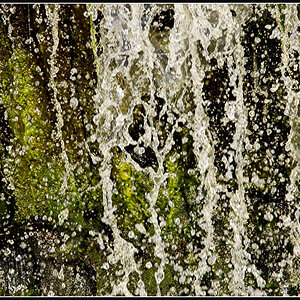
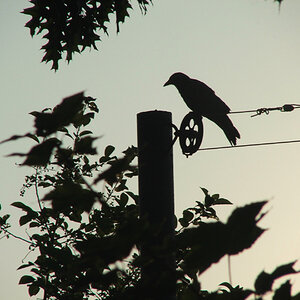

![[No title]](/data/xfmg/thumbnail/31/31014-6b1a572624824b852f5adaf3594767af.jpg?1619734569)
